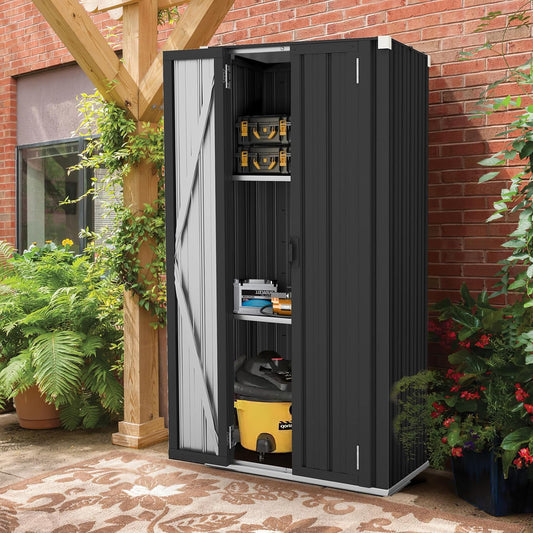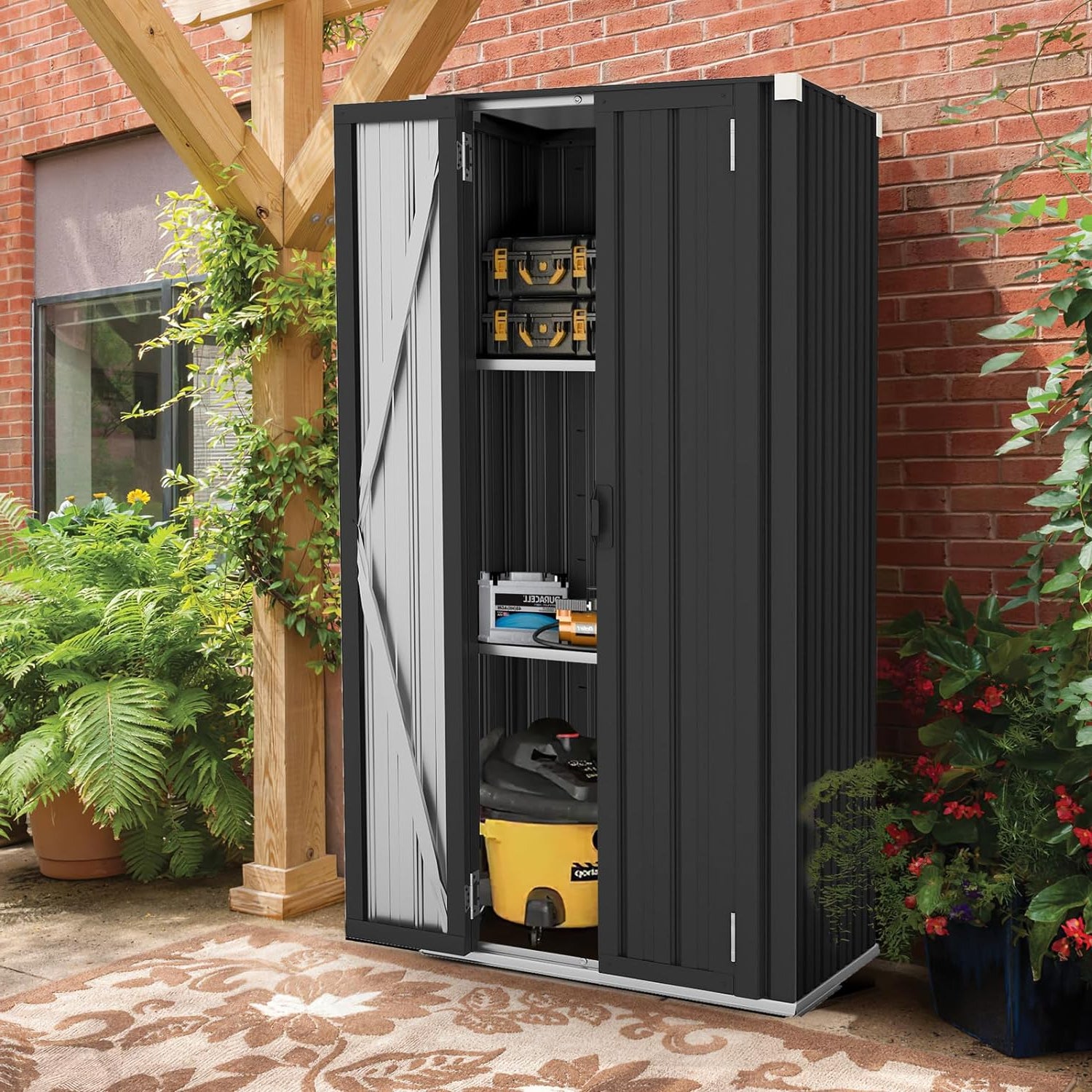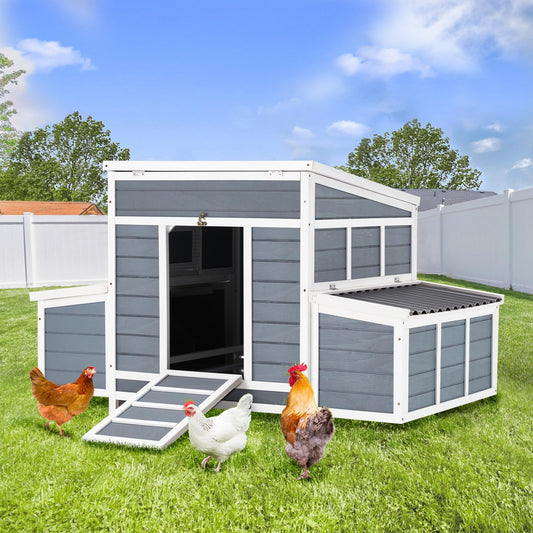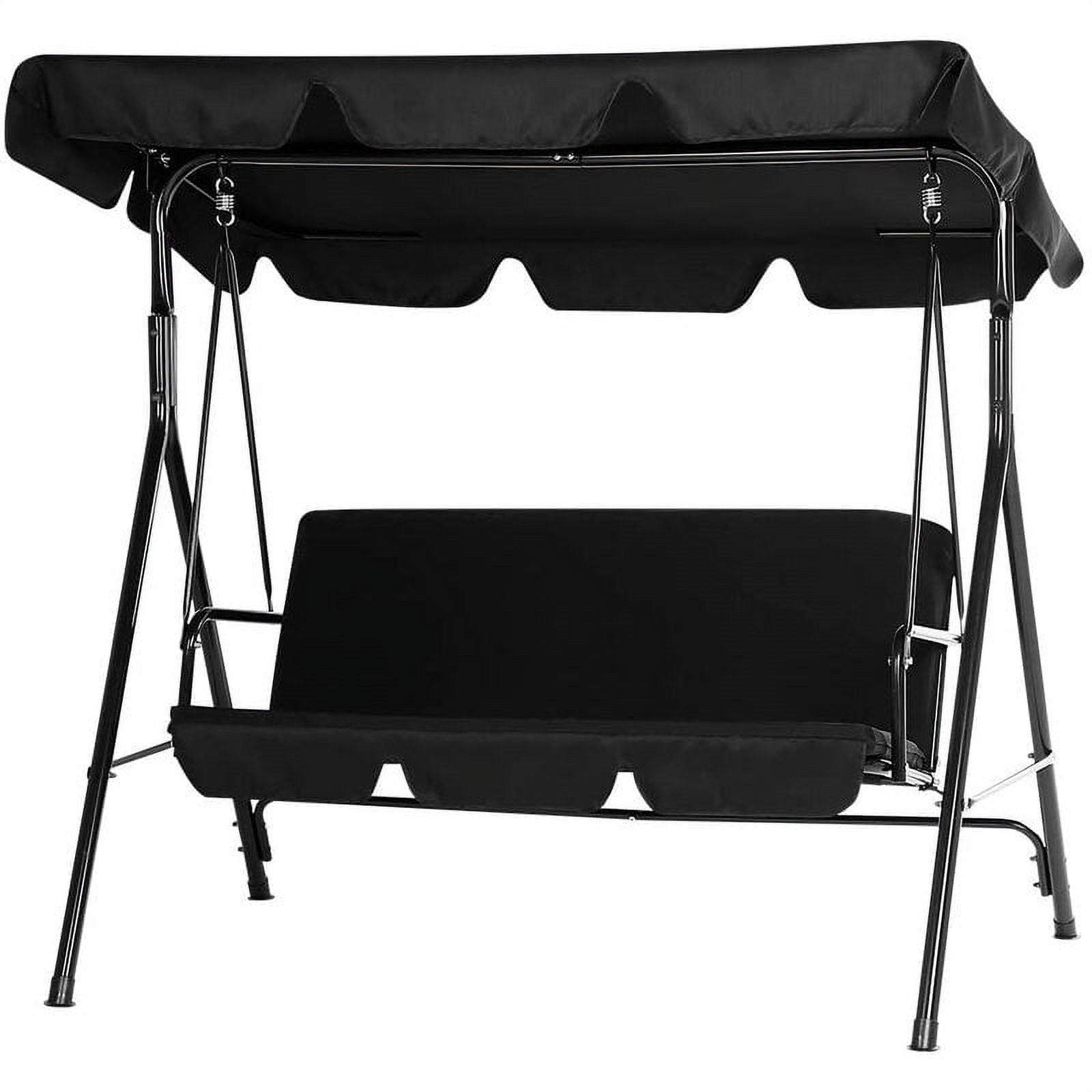Bathing a dog can feel like a messy challenge—especially if your pup hates water. But knowing how to wash a dog properly isn’t just about keeping them clean; it’s key to their health and happiness. Whether you have a tiny Chihuahua or a large Golden Retriever, this guide breaks down the process step by step, with tips to make bath time easy (and maybe even fun!).
From choosing the right tools to using a dog washing station, we’ll cover everything you need to know—including how often to bathe your dog and how to keep them calm. Let’s dive in!
1. Why Bathing Your Dog Matters
You might think bathing is just for smell or appearance, but it’s actually essential for your dog’s well-being. Here’s why learning how to wash a dog is so important:
- Healthy coat: Regular washing removes dirt, dead hair, and dander, keeping the coat shiny and reducing tangles. This cuts down on shedding around your home—great for allergy sufferers.
- Odor control: Dogs pick up smells from rolling in grass, mud, or even just daily walks. A good bath eliminates that “doggy smell” without harsh chemicals.
- Skin protection: Dirt and bacteria trapped in fur can cause irritation, hot spots, or infections. Bathing helps prevent these issues, especially for dogs with sensitive skin.
- Bonding time: When done right, bath time can be a positive experience that strengthens your relationship with your pup. They’ll learn to trust you even in a potentially scary situation.
A survey of veterinarians found that 70% of skin problems in dogs are linked to poor grooming—including infrequent or improper bathing. Taking 15–20 minutes every few weeks can save you from costly vet visits later.
For a smoother, more convenient bathing experience—especially for large dogs—YODOLLA’s professional stainless steel dog washing station is a game-changer. Designed specifically for larger breeds, this dedicated dog washing station takes the hassle out of how to wash a dog, with a sturdy stainless steel build that’s easy to clean and resistant to rust.

2. How Often Should You Wash Your Dog
One of the most common questions pet owners ask is, how often should you wash your dog? The answer isn’t one-size-fits-all—it depends on three key factors: coat type, lifestyle, and skin condition.
General Guidelines by Dog Type
|
Dog Type |
Bath Frequency |
Reasoning |
|
Short-haired (e.g., Beagle, Boxer) |
Every 4–6 weeks |
Their coats don’t trap dirt easily; over-bathing strips natural oils. |
|
Long-haired (e.g., Shih Tzu, Collie) |
Every 2–4 weeks |
Tangles and mats form quickly; dirt gets trapped in long fur. |
|
Active/Outdoor Dogs |
Every 3–4 weeks |
They roll in mud, grass, or water—more prone to odor and dirt buildup. |
|
Dogs with Skin Issues |
As directed by vet |
Some need medicated baths weekly; others require less frequent washing. |
|
Indoor/Low-Activity Dogs |
Every 6–8 weeks |
Minimal exposure to dirt; too-frequent bathing dries out skin. |
Pro tip: If your dog gets extra dirty (e.g., rolls in something stinky), a quick “spot clean” with a damp cloth or pet wipe works—no full bath needed. Over-bathing can strip their skin of natural oils, leading to dryness and itching.
3. Prepare What You Need
Before you start, gather all supplies in one place—this avoids chasing a wet dog around the house while grabbing towels or shampoo. Here’s your checklist for how to wash a dog like a pro:
|
Supply |
Purpose |
|
Dog-specific shampoo |
Human shampoo is too harsh for dog skin (pH levels are different). Look for hypoallergenic options for sensitive pups. |
|
2–3 absorbent towels |
Regular bath towels work; microfiber towels dry faster. |
|
Brush or comb |
Removes tangles and loose hair before washing—prevents mats from getting worse when wet. |
|
Non-slip mat |
Keeps your dog from slipping in the tub or sink (reduces anxiety and accidents). |
|
Warm water (not hot!) |
Test water with your wrist—should feel lukewarm, like a baby’s bath. |
|
Cup or handheld showerhead |
Helps rinse shampoo thoroughly (especially for thick coats). |
|
Treats and praise |
Rewards calm behavior—makes bath time positive. |
|
Optional: Dog washer |
A specialized tool that sprays water gently, making it easier to wet and rinse your dog (great for large breeds). |
Avoid using things like dish soap or human conditioner—they can irritate your dog’s skin and eyes. Stick to pet-specific products for safety.
4. Choose a Suitable Bathing Area
The right bathing spot makes how to wash a dog much easier. Your choice depends on your dog’s size and your home setup:
Small Dogs (Under 25 lbs)
Sink or small bathtub: Perfect height—you won’t have to bend over, and your dog feels more secure in a smaller space.
Pro tip: Plug the sink drain with a hair catcher to avoid clogs from loose fur.
Medium to Large Dogs (25+ lbs)
Shower or large bathtub: More space for your dog to stand (but use a non-slip mat!).
Dog washing station: This is a game-changer for big dogs. A dedicated dog washing station has the right height (no back pain for you!) and built-in features like sprayers and drain pans. Many pet owners swear by them for convenience and better control.
Self dog wash: If you don’t have space at home, check local pet stores or groomers for self dog wash stations. They provide all the supplies (shampoo, towels, dryers) and a raised tub—you just bring your dog and do the washing.
For example, if you have a Great Dane, a dog washing station or self dog wash is way easier than trying to fit them in a regular bathtub. You’ll save time and avoid straining your back!
5. Step-by-Step Washing Guide
Now that you’re prepared, let’s walk through the actual process of how to wash a dog. Follow these steps for a smooth, stress-free bath:
- Brush first: Spend 2–3 minutes brushing your dog’s coat. This removes tangles, loose hair, and surface dirt. For long-haired dogs, use a comb to work through mats gently—never pull!
- Place the non-slip mat: Lay it in the bathing area to keep your dog from slipping. This helps them feel calm and secure.
- Wet thoroughly: Use warm water to wet your dog’s coat from head to tail. Avoid getting water directly in their eyes and ears. For thick coats, use a cup or dog washer to make sure water reaches the skin (not just the top of the fur).
- Apply shampoo: Pour a small amount of dog shampoo into your hands, lather it up, and massage gently into your dog’s coat. Start from the neck and work your way down to the tail—this prevents dirt from running into their eyes.
- Lather and scrub (gently!): Use circular motions to clean their fur, focusing on dirty areas (like paws or belly). Be gentle around sensitive spots like the belly and genitals.
- Rinse completely: This is the most important step! Leftover shampoo can cause skin irritation. Rinse until the water runs clear—no suds left. For thick coats, use a handheld showerhead or dog washer to get all the shampoo out.
- Dry thoroughly: Wrap your dog in a towel and pat (don’t rub!) to absorb water. For long-haired or large dogs, use a pet dryer on the lowest heat setting (human dryers are too hot!). Keep the dryer moving to avoid burning their skin.
Pro tip: If your dog hates water, keep the bath short (10–15 minutes max). Give treats throughout the process to reward good behavior.
6. Clean the Face Carefully
Your dog’s face needs special attention—you don’t want to get shampoo or water in their eyes or ears. Here’s how to clean it safely:
- Use a damp (not soaking wet) cloth to wipe their face. Avoid using shampoo on the face unless absolutely necessary.
- Wipe around their eyes with a soft cloth—use a separate corner for each eye to prevent spreading dirt or bacteria.
- Clean their ears gently: Use a damp cotton ball to wipe the outer ear (never stick anything inside the ear canal!). This removes dirt and prevents infections.
- For stubborn dirt (like around the nose or mouth), use a small amount of shampoo on your finger and massage gently—then rinse with a damp cloth immediately.
Remember: If your dog struggles, take breaks. It’s better to clean their face quickly and calmly than to stress them out.
YODOLLA’s professional stainless steel dog washing station. Designed for large dogs (up to 250 lbs), this dog washing station features a stable, non-slip space that keeps your pup secure—less wiggling means safer face cleaning.

7. Make Bath Time a Positive Experience
Many dogs hate bath time because they associate it with fear or stress. Here’s how to turn it into something they (almost!) look forward to:
- Stay calm: Dogs pick up on your emotions. If you’re stressed, they’ll be stressed too. Take deep breaths and speak in a soft, reassuring voice.
- Use treats and praise: Give a treat before, during, and after the bath. Say things like “Good boy/girl!” when they stand still or let you rinse them.
- Keep sessions short: Especially for nervous dogs, 10–15 minutes is enough. You can always do a second bath later if they’re extra dirty.
- Start young: Puppies who are introduced to bath time early are more likely to accept it as adults. If you have an older dog, take it slow—let them sniff the bathing area and supplies before starting.
- Try a distraction: Play soft music or give them a chew toy during the bath to keep their mind off the water.
For example, if your dog gets anxious in the tub, start by letting them stand on the non-slip mat with no water—give a treat for staying calm. Gradually add a little water over a few days until they’re comfortable.
Conclusion: Bath Time Can Be Easy (We Promise!)
Learning how to wash a dog doesn’t have to be a hassle. With the right preparation, tools, and attitude, you can keep your pup clean, healthy, and happy.
Whether you’re washing a tiny puppy or a large breed, the most important thing is to be patient. Every dog learns at their own pace, and with consistency, bath time will become a routine (not a fight).
Your dog’s clean coat and happy demeanor will be worth the effort—plus, you’ll both enjoy the bonding time!





















